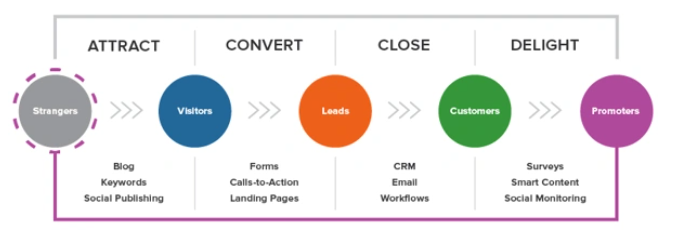14 Marketing Strategies for Small Businesses
Every small business owner knows the importance of marketing to build brand awareness and attract new customers, especially as a startup.
However, many struggle to put together a cohesive marketing strategy that’s effective in bringing in new business and driving conversions.
What marketing channels should you use? What is the best way to reach customers? How do you measure your success so you can improve? All of these questions may be running through your head.
In this article, we aim to take the guesswork out of creating a marketing strategy so that you can focus on delivering a high ROI.
14 Marketing Strategies for Small Businesses
Use these tried and true small business marketing strategies to drive business growth.
1. Establish a Brand
Creating a brand identity is a key aspect of marketing for any business. Through logos, colors, and messaging, branding helps customers get to know your business and become familiar with what your brand stands for. It makes you memorable because there’s a meaning behind your brand.
When a customer recognizes and remembers your brand, they’re more likely to purchase from you. That’s how you build brand advocates — loyal customers who keep coming back. Case in point, 86% of customers say that authenticity is an important factor in choosing which businesses to support.
So, focus on creating a brand identity that distinguishes your business in your customers’ minds (including the visual aspect of your brand). Think Nike’s “swoosh” or Apple’s iconic apple with a bite missing.
Consider what elements to include in your branding that make your business stand out so customers instantly recognize you. You’ll include these elements in your marketing materials (emails, brochures, flyers, business cards, advertisements, etc.) and your social media profiles.
Here are some tips for creating consistent branding throughout your customer communications:
-Create an original logo that reflects your unique brand. Choose design elements, colors, fonts, and images that make it easier for customers to build associations with your brand.
- Know your industry and competition. Your branding should accurately represent the interests of your target audience. For example, the target audience of Lowe’s is DIY homeowners. So, including a house in their logo helps convey the store’s purpose.
-Ensure consistency. Keep your logo, design elements, and messaging consistent across all marketing channels. It'll help you build a cohesive perception of your brand.
2. Get to Know Your Customer
Getting to know your customers is another core aspect of marketing. Without getting to know your customers’ needs, preferences, interests, and pain points, it'll be difficult to reach them and create messaging that resonates with them.
You’ll also struggle to determine what small business marketing strategies will best attract your target audience.
There are many ways to get to know your customer:
-Conduct market research. Market research offers a valuable way to collect data about your target customers so that you can determine the best ways to reach them. Interviews, focus groups, product/service use research, and competitive analysis can all help you design your buyer persona(s) to guide your small business marketing strategies.
-Create a customer profile. Use the information from market research to create your ideal customer profile. Focus on key characteristics like age, location, gender, job title, family size, income, and pain points.
-Embrace the power of surveys. If you already have an established customer base, leverage that. Whether they recently purchased a product from you or interacted with a member of your customer service team, ask them about their experience in a survey. Give them the chance to share how you can improve and better meet their needs.
-Monitor positive and negative reviews. Read reviews to learn what customers think about your product or service. What things have you done right? What needs improvement? Even if you haven’t yet sold a product, you can look at the reviews of your competitors’ products. Feedback about a similar product can help you gauge what customers like or dislike. This information can help you find ways to solve those pain points that competitors haven’t even thought of.
3. Build a Website
88% of online shoppers perform online research before buying a product.
Small businesses with websites can help make these consumers’ lives easier because the information they’re looking for and the answers to their questions are readily available online. When customers get the information and answers they need, they’re more likely to make a purchase.
On your website, you can share blog posts to inform your audience about your products and offer key insights into your industry. You can also share case studies to show that customers love your company and brand and have achieved great results after using your product or service.
Consider creating ebooks, whitepapers, how-to guides, and other lead magnets to entice your site visitors to sign up for your email newsletter. Use your website to showcase your products, make it easy for customers to connect with you, and support customers who need help.
To create an engaging user experience on your site, follow these best practices:
-Include a clear homepage message that answers all your visitors’ questions immediately.
-Have a visually appealing design with attractive colors, fonts, images, etc.
-Create adequate white space to balance your site’s design and organize the content and elements so that it’s easy on the eyes.
-Make your site easy to navigate with clear headers, legible fonts, breadcrumbs, and a navigation menu.
-Make your site mobile-responsive so that it looks attractive on smaller screens.
-Use clear, click-worthy call-to-actions (CTAs) like online forms to entice visitors and boost conversions.
- Consider a professional headshot or using an AI headshot generator to show a clean, polished look and give the users a sense of trust.
If you need inspiration, look at this example by Aurit Center, one of the top professional divorce in AZ mediators, based in Phoenix.
The simplicity helps the visitor to easily navigate to a clear call to action and set up a free 1-hour divorce mediation consultation. Or they can leverage the easy-to-navigate headers to learn more information about pricing or other services.
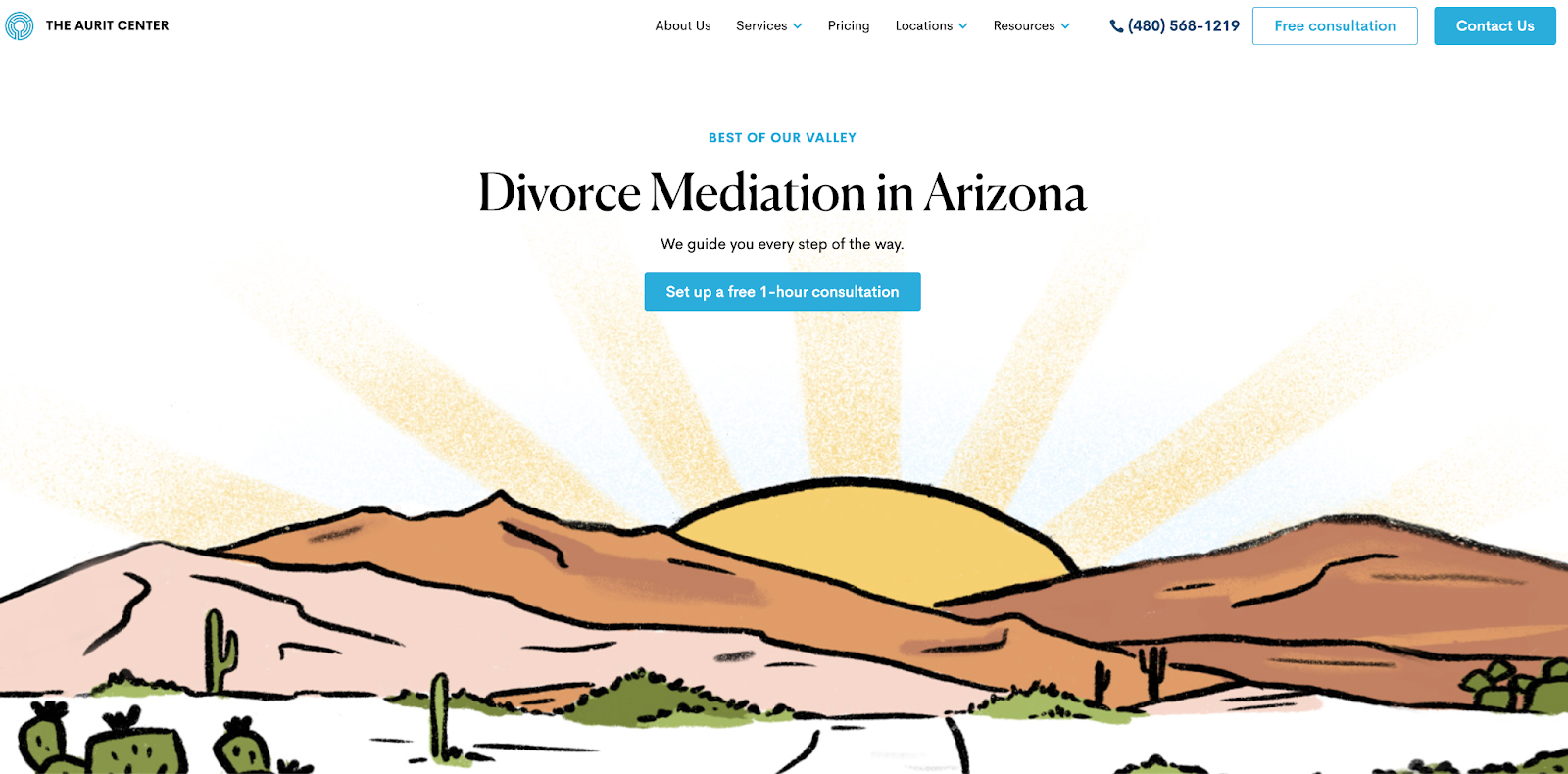
(Image Source)
This simple landing page reduces friction in the buyer’s journey and entices the visitor to take the next step.
The free consultation is the icing on the cake and significantly reduces bounce rates. In the service industry, a free consultation is the equivalent of a free trial. It helps build trust.
4. Use the Power of SEO
Search engine optimization (SEO) is a highly effective marketing strategy for small businesses. In the simplest terms, SEO is a set of strategies that help your business show up on search engines like Google.
Part of the reason it’s so powerful for small businesses is because SEO is more cost-effective than paid ads (unless you invest in SEO tools or hire an agency to do it for you).
This marketing strategy can reassure small business owners who worry that they can’t afford certain marketing strategies to boost their online presence.
If you have the time and patience — because SEO is a long game — you can eventually get your website to rank higher in the search engine results pages (SERPs).
Here are the basic steps of a complete SEO strategy:
-Conduct keyword research. Choose keywords that have high search volume and low to medium competition.
-Create optimized web pages and blog posts incorporating the keywords your target audience searches for.
-Use technical SEO tactics to make sure your website is crawlable and indexable. Use Google Search Console to monitor your site’s performance and fix any problems that are preventing your site from being indexed.
-Build links to your web pages by using internal links and backlinks (land high-authority sites to link to you).
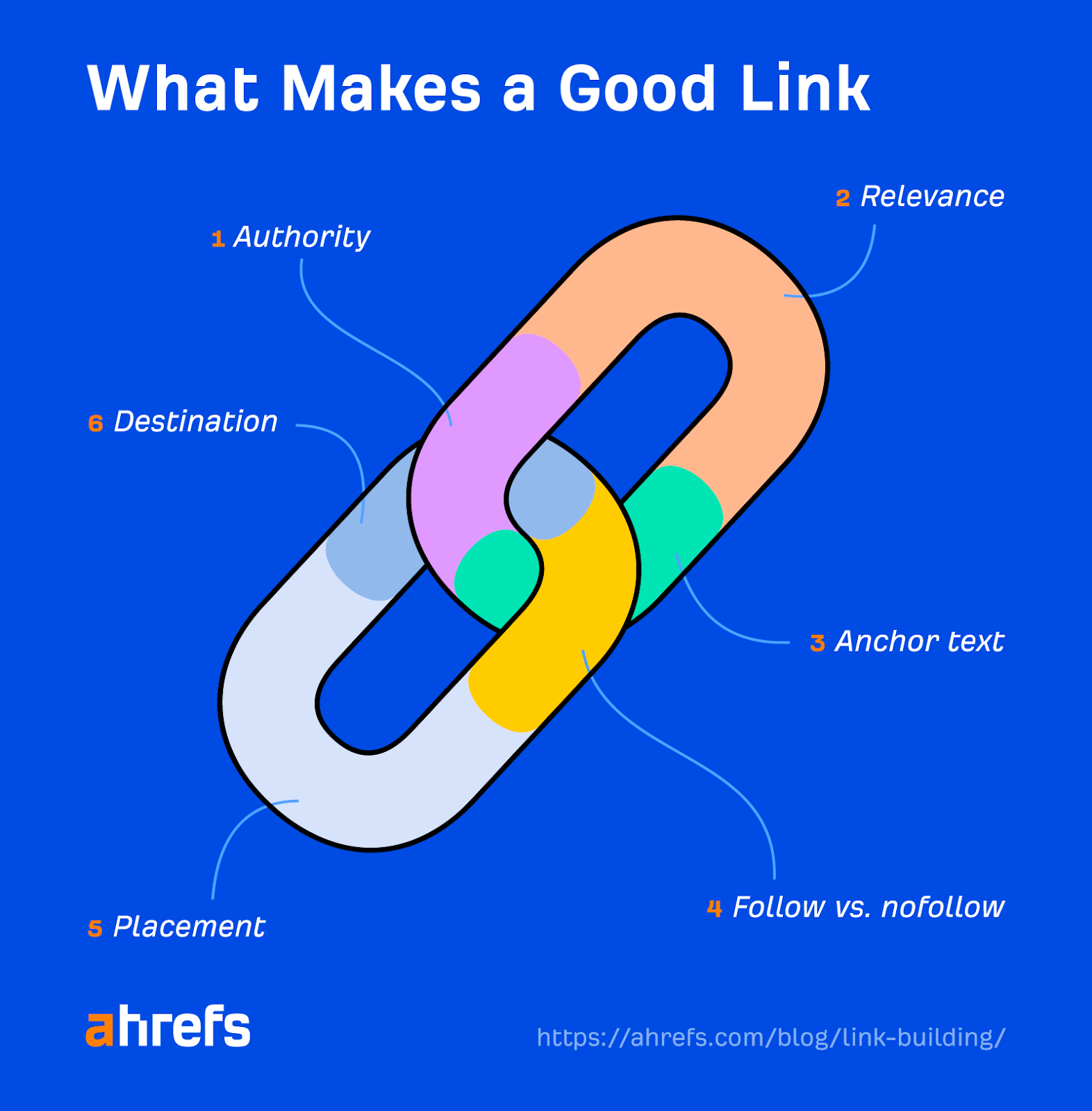
5. Leverage Influencer Marketing to Create Awareness
88% of consumers trust recommendations from people they know above all other forms of marketing.
That’s where influencers come into play. These popular social media users have large follower counts and have built up their credibility to the point that people trust them.
And that’s why influencer marketing is so effective. For example, a company like Cruise America, which specializes in RV rentals, successfully leverages influencers to showcase its RVs. In this specific example, they show how even used RVs can be in excellent condition and consequently a viable alternative for those who wish to travel by RV. Through influencers, potential customers can understand the amenities offered, often inspiring them to consider renting an RV for their next trip.
Influencers give social media audiences the chance to see how a product works before they buy it. And when they hear influencers rant and rave about a product, they might go out and make that purchase to see for themselves. Similarly, when managing your business finances, using an estimated receipt and invoice template can streamline your transactions, offering customers a clear breakdown of costs while ensuring accuracy in your billing process.
If you’re considering influencer marketing, find the right people who understand your audience, your brand, and the content you’re promoting. They should be interested in your industry and have an established following of people who may be interested in your product.
Nano or micro-influencers are the perfect partners to get your feet wet in the world of influencer marketing. Plus, they have some of the highest engagement rates (without breaking the bank).
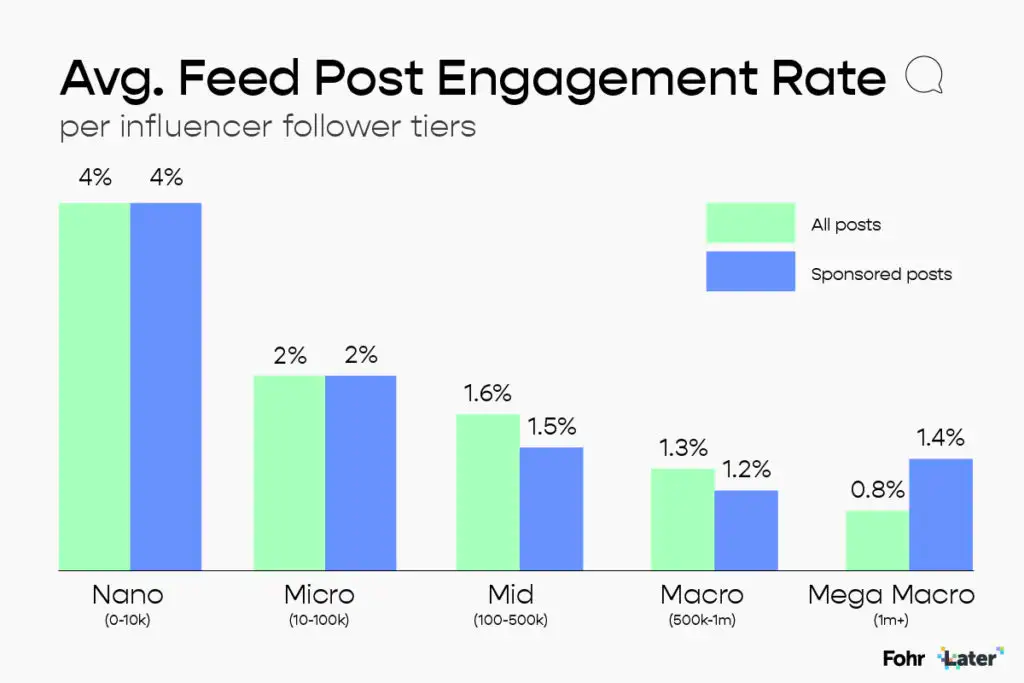
6. Connect With Local Businesses
If you’re a local business, consider connecting with other local business owners. This effort will help you build meaningful business connections, but it'll also show customers that you’re involved in your community.
You can partner with businesses in your area to:
-Create deals, discounts, or coupons for customers.
-Host live streams during promotional events or giveaways.
-Sponsor local causes.
-Contribute to websites by guest blogging.
-Launch joint marketing initiatives.
7. Offer Incentives and Discounts
Whether you want to attract new customers or re-engage existing customers, incentives and discounts can make that happen.
Shopping requires spending money, so customers always look for ways to save. You can help them do this by offering deals and sales on your products and/or services. Advertise these promotions on various channels to get them in front of as many people as possible.
If your small business is in the pet industry, consider going beyond traditional discounts. Explore the option of providing exclusive offers on pet-related services or products, even dog or cat insurance. The idea is to think outside the box.
Use email marketing, social media, SMS, digital business cards and even direct mail campaigns to showcase the deals you have to offer. And don’t forget to add a time limit to build a sense of urgency.
The ecommerce site Poppin Candy provides exclusive offers, discount codes, and more in exchange for customers’ emails.
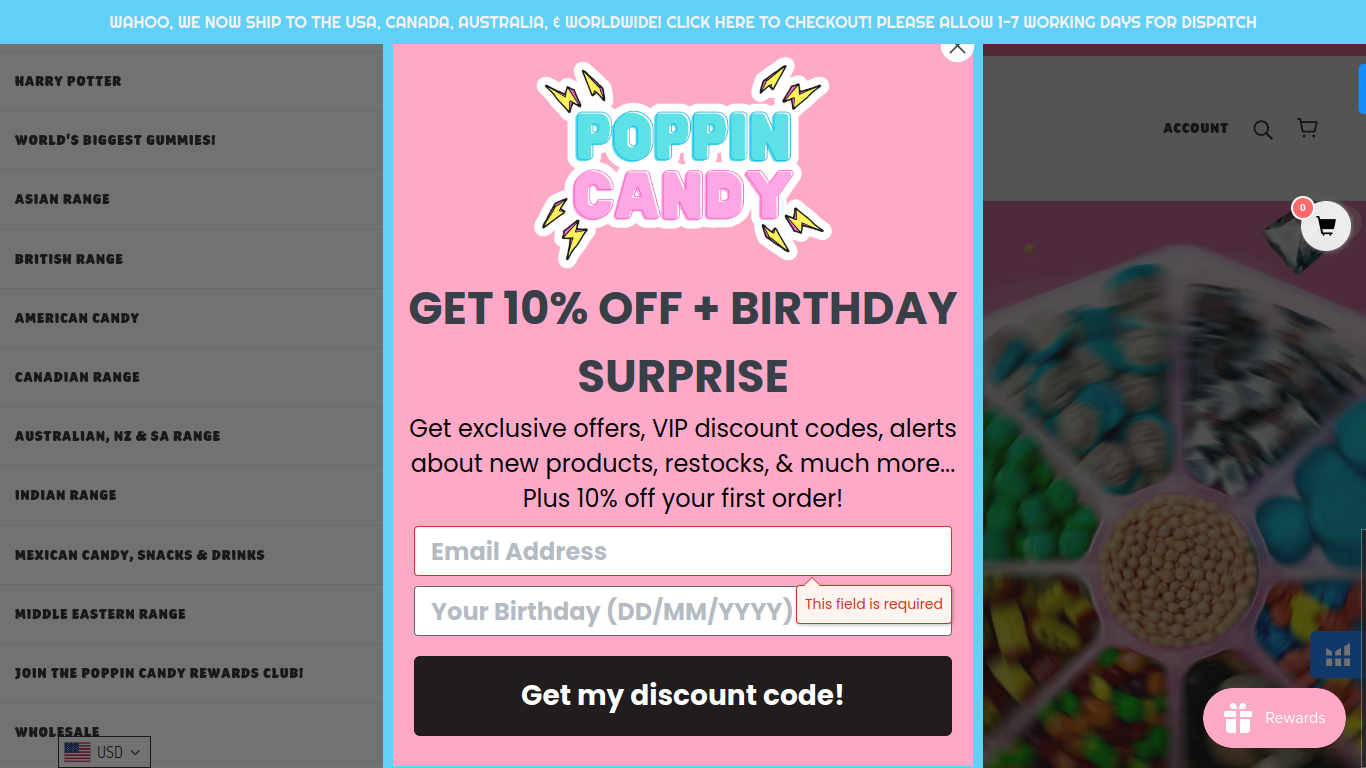
8. Invest in Automated Marketing
Streamline different aspects of your marketing strategy with AI and automation tools.
You can automate your social media posts, emails, text messages, lead management, and advertising.
Using data analytics, chatbots, workflows, and triggers, you can send targeted marketing messages to the right people at the right time with just a few clicks.
Why work harder when you can work smarter?
9. Create Short-Form Video Content
73% of consumers prefer to watch a short-form video to learn about a product or service.
These videos work so well because they grab and hold people’s attention. Plus, they’re bite-sized and easy to consume, making them highly shareable.
Make sure your short-form videos hook viewers right from the beginning and inform them in an engaging way. For example, consider elevating your videos with a voice actor and a words per minute calculator. Several studies have shown that listening comprehension retains high quality for spoken materials presented at speeds up to 275 words per minute. Doing so can help your videos stand out from the competition and resonate with your audience.
words per minute calculator, words to time calculator, text to time
Different types of promotional short-form videos include:
-Product demos
-Product tutorials
-FAQs
-Behind-the-scenes videos
-Teasers
-Live stream clips
-Testimonials
-User-generated content (USG)
Band of Brothers, a travel agency specializing in World War II landmarks, effectively leverages video as a central element of its marketing strategy. Throughout their travels, they explore historic sites such as the Utah Beach Museum and the beaches of Normandy.
Their videos strategically showcase these locations, incorporating traveler testimonials and user-generated content (UGC). This approach highlights historical significance and is a powerful marketing tool by providing a compelling visual narrative for the immersive experiences they offer on their tours.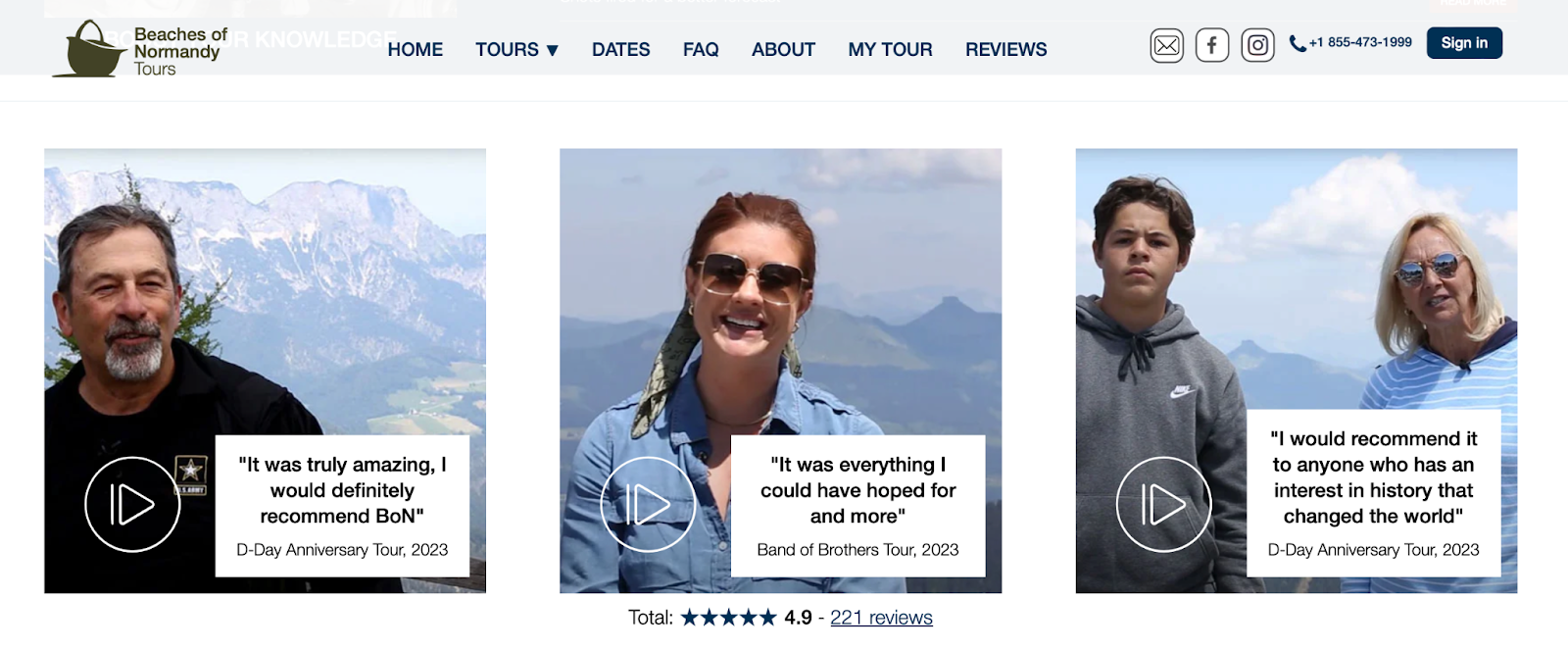
(Image source)
10. Stick to a Social Media Posting Schedule
Are you posting regularly on social media? Whether you don’t have the time or don’t know where to post, it can be hard to stick to a regular posting schedule.
Think about topics your target audience may be interested in. Then, plan the posts you’ll create to discuss and share those topics. Create a schedule that works best for you, and stick to it. Try to post at least once per week for the best results.
LeatherCult, a brand renowned for its exquisite range of high-quality leather jackets and pants, uses a strategic approach to consistent posting across platforms like Facebook.
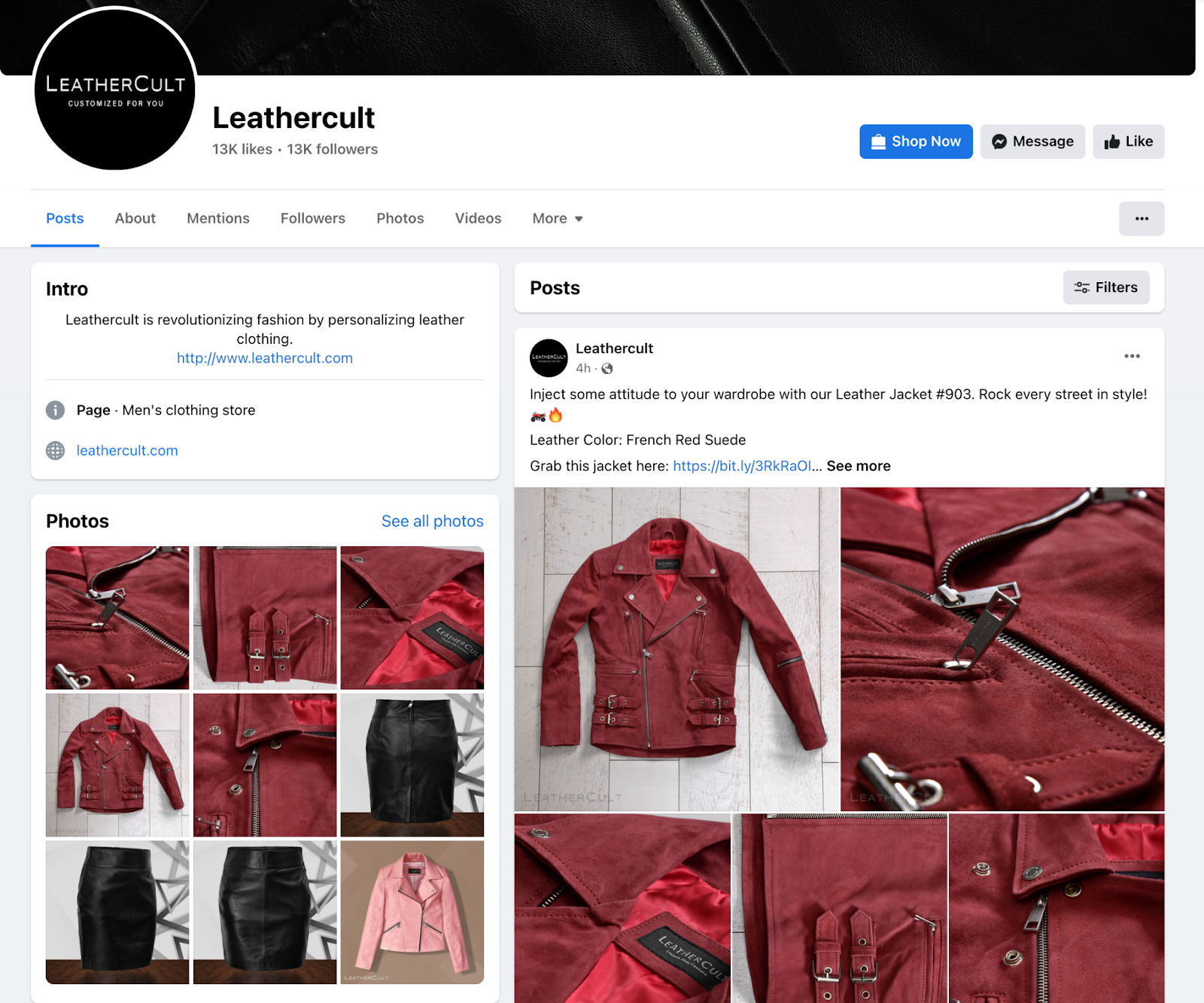
By regularly sharing captivating visuals of its stylish products and outfit inspirations, LeatherCult not only keeps its audience engaged but also reinforces its brand identity. And it’s gained 13,000 followers. Not too shabby.
11. Create Ads
Advertisements present a great opportunity to build awareness around your product and spread the word among potential buyers.
While it might take time to build a substantive email list, rank in the search engines, or gain social media followers, advertising can help you gain new customers more quickly.
You can use social media advertising, pay-per-click (PPC) advertising, TV advertising, or direct mail advertising to get your brand out there to the masses.
Be sure to clarify your goals, make a budget, write compelling ad copy, and use targeting to increase reach, clicks, and conversions.
12. Nurture Leads Through Email Marketing
If you’ve succeeded in getting leads to hand over their emails, you’ve completed one of the first steps of email marketing.
However, the hard part is keeping those leads engaged. The good news is you have their email addresses to entice them to return and re-engage with your brand.
Create welcome campaigns, promotional campaigns, educational campaigns, and renewal or re-engagement campaigns to nurture leads and help move them down the funnel.
To nurture leads, personalize your emails using their names in the email subject line. Segment your email lists using factors like age, location, where the customer is in the sales cycle, browsing history, etc. Then, create and send highly targeted content based on this data.
For example, House of Joppa, a Catholic jewelry store, uses email marketing to continuously engage with customers. They send a restock email to customers interested in certain products, which encourages them to return to make a purchase.
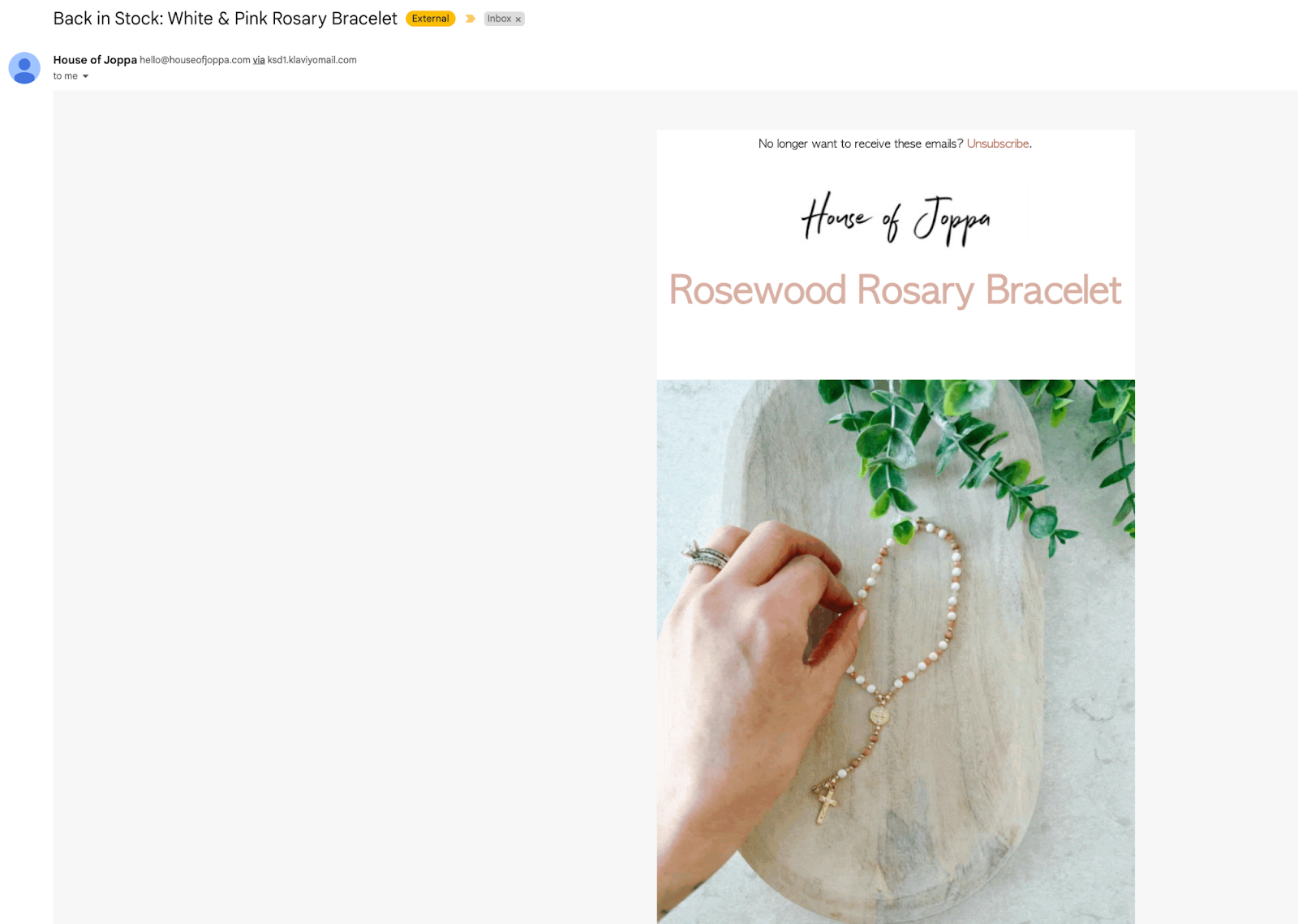
Screenshot by Britney Steele
Sometimes, all it takes is the right message at the right time to convert a lead into a customer. House of Joppa capitalizes on this approach with email marketing at critical points in the buyer’s journey.
13. Manage Relationships With a CRM
Marketing isn’t just about promoting your brand and product. It’s also about creating long-term, sustainable relationships with customers. That’s what builds brand loyalty and makes customers keep coming back.
Customer relationship management (CRM) software, such as Salesforce for small businesses, can help you do just that. A CRM allows you to track customers’ interactions with your business and automate sales processes and outreach.
CRM tools also allow you to personalize messages, create more targeted content, and speed up the sales cycle.
14. Use Word-of-mouth as a Promotional Tool
When people talk about your brand, products, or services through any medium, it’s called word-of-mouth. It helps to attract new customers because people tend to trust what their peers have to say.
Word-of-mouth is probably the most organic way to promote your products because not only does it often happen for free, but also because customers will naturally spread the word if they’re wowed by your business. One of the best ways to generate new leads.
To generate word-of-mouth:
-Go above and beyond what is expected of you.
-Encourage social sharing and user-generated content (UGC).
-Drive positive reviews.
-Start a referral program.
-Work with influencers.
-Offer value to customers.
5 Marketing Tools That'll Help Small Businesses
Use these go-to marketing tools to help you achieve your marketing success.
1. SEO Tools
There are many SEO optimization tools to help you accomplish your SEO goals. For example, keyword research tools like TopicRanker help you find the most popular keywords your target audience uses in search.
Other SEO tools like Semrush help you perform website research (e.g., traffic, number of backlinks, top-performing pages), and SurferSEO helps you optimize your content for search intent.
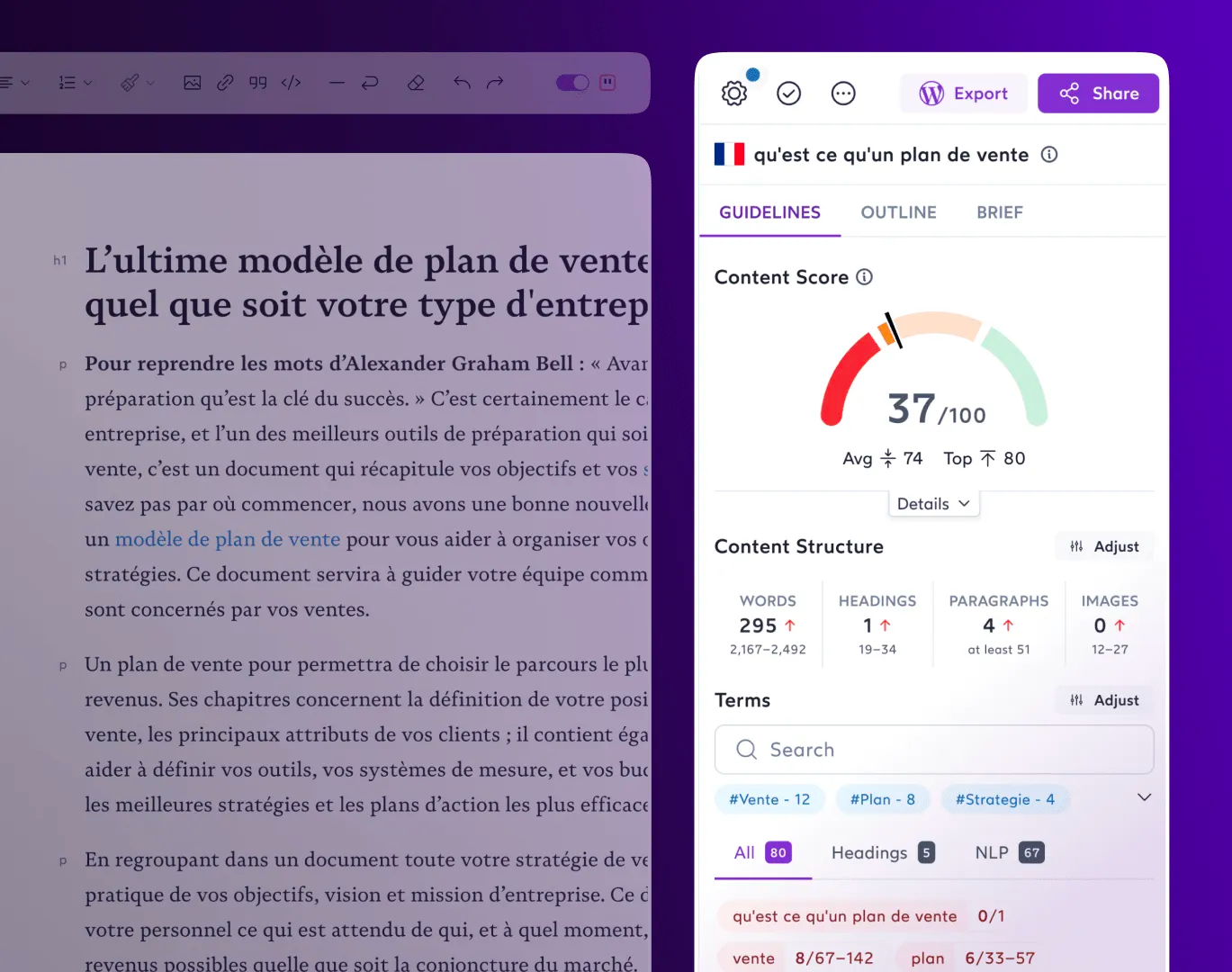
2. Social Media Management Tools
You can automate your social media posting with social media management tools like Hootsuite. You just plan and write out your posts and choose what days you want those posts to go out.
Then, the tool will automatically publish the posts for you. What’s not to love?
3. Email Marketing Automation Platforms
Email marketing software can help you set up triggers and workflows based on a lead’s behavior and where they are in the buyer’s journey.
For example, Mail Munch uses segments and tags to help you personalize your emails.
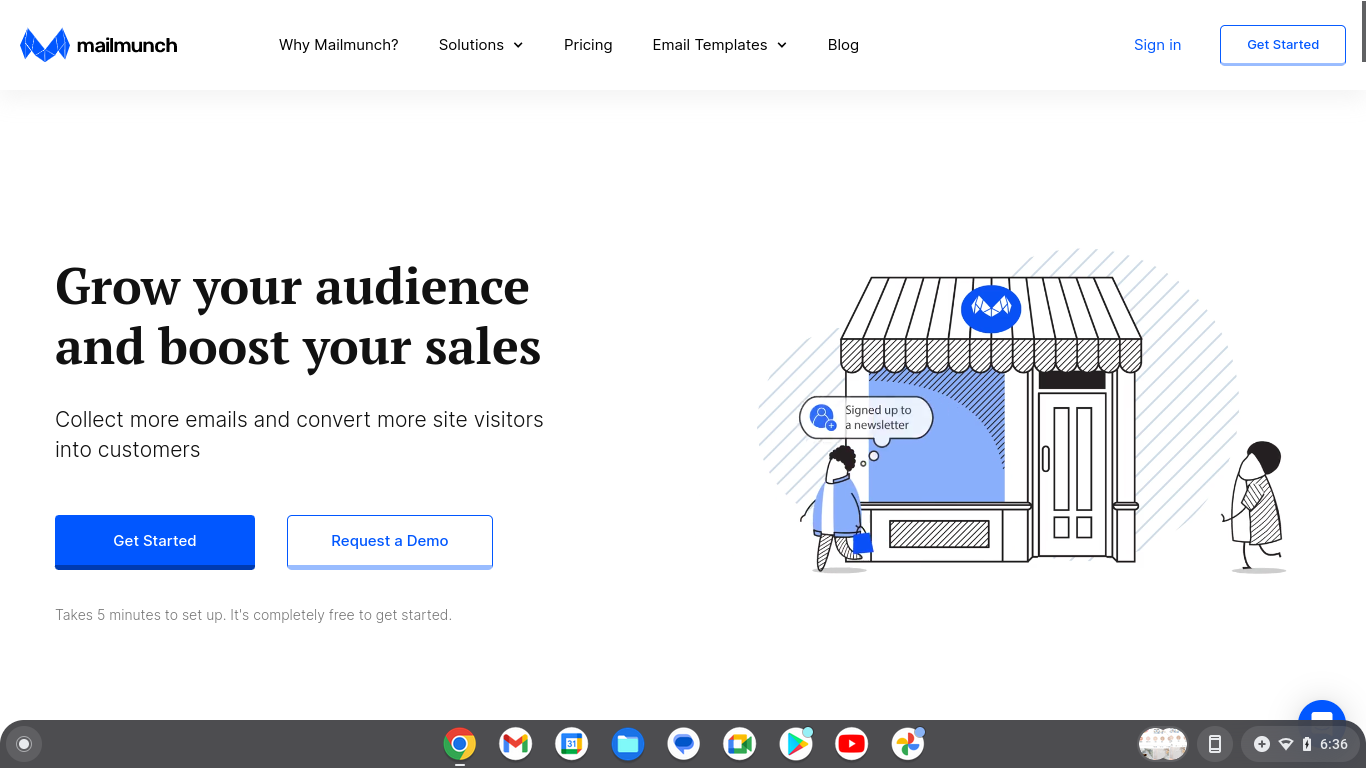
4. Field Marketing
Field marketing, crucial for small businesses, facilitates direct engagement with audiences in physical spaces. Tactics include event sponsorship, pop-up shops, door-to-door marketing, street teams, workshops, local partnerships, product demos, community involvement, feedback collection, and result analysis. Leveraging field marketing agencies can enhance campaign execution and effectiveness. These agencies offer expertise and resources to optimize strategies, maximize audience reach, and drive brand engagement.
By integrating field marketing and leveraging agencies, businesses can foster meaningful connections, increase brand visibility, and stimulate customer loyalty within local communities.
5. CRM Software
CRM tools, such as HubSpot and Salesforce, let you track contacts and nurture them to build customer loyalty and repeat sales.
Your customers are the lifeblood of your business. Learn what they like and dislike to build strong relationships and improve your brand reputation. All of the answers lie within your CRM.
6. Website Analytics Tools
See how your website performs with web analytics platforms. For example, Google Analytics allows you to track the performance of your website and optimize it to boost engagement.

Screenshot by Britney Steele
Conclusion
As a small business owner, you have enough on your plate. So, brainstorming the best ways to promote your brand can be tedious and overwhelming, especially if you don’t know where to start.
Hopefully, by sharing these proven small business marketing strategies, we’ve helped put you on the right path to generating awareness and attracting customers who are truly interested in your brand.
Here’s to your success!






